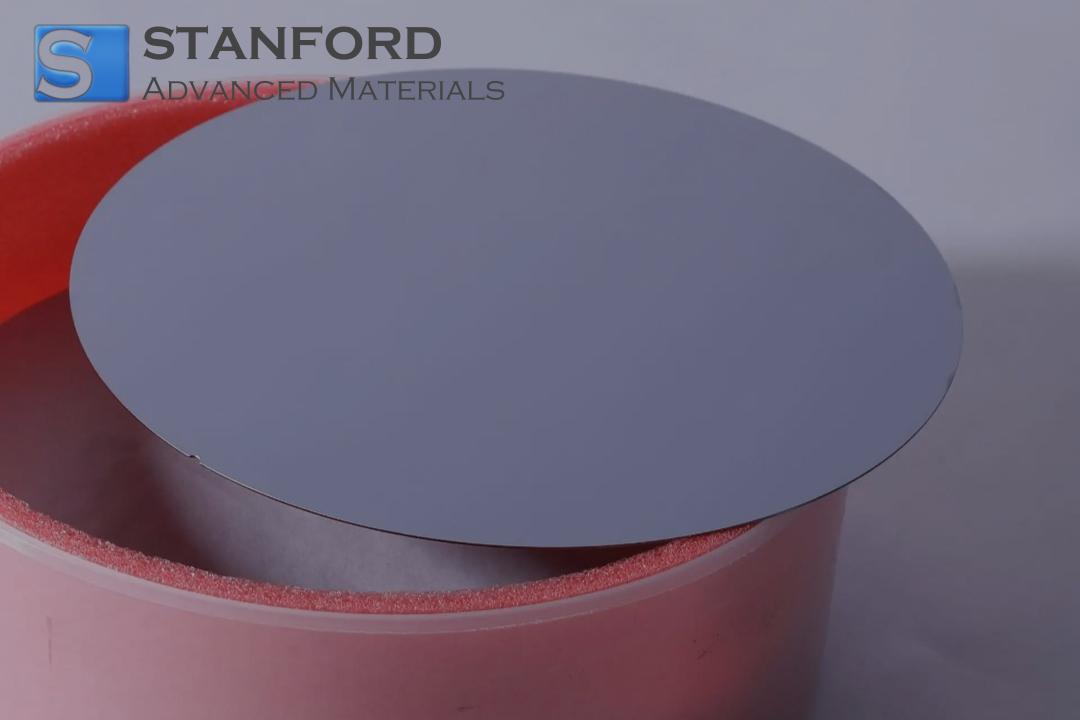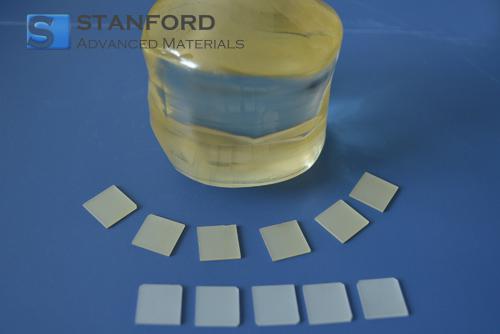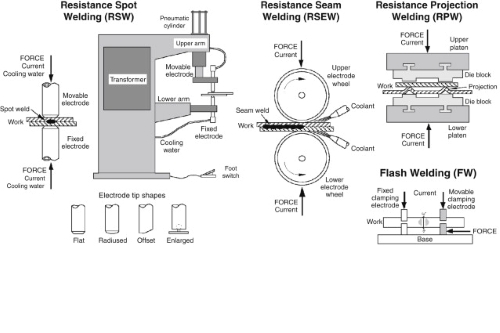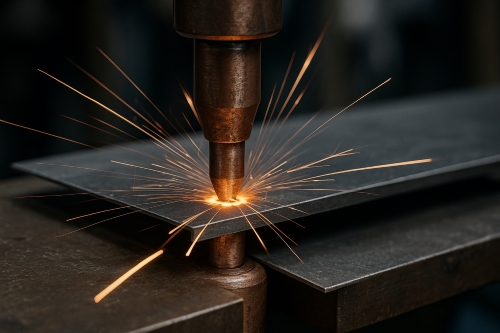Flexural Strength Champions: Ceramics, Metals, and Advanced Composites
Ceramics: Brittle but Mighty
Ceramic materials may appear weak at first glance. With appropriate design, they can be very strong. Let us consider some common ceramics.
• Zirconia (Yttria Stabilised Tetragonal Zirconia Polycrystal): This ceramic can withstand temperatures up to 900°C and has a flexural strength of approximately 1200 MPa, benefiting from transformation toughening to resist slow crack growth.
• Silicon Carbide: Operating at approximately 400°C, it has a flexural strength near 600 MPa. SiC is a preferred choice for extreme environments due to its high-temperature stability.
• Alumina (Aluminium Oxide): With a maximum service temperature of around 300°C and a strength of approximately 500 MPa, its availability and reliable performance make it popular in engineering.
• Glass-Ceramics: These materials perform well up to 300°C with a strength of around 450 MPa. They are used in optical devices and dental applications, combining the properties of glass and crystalline phases for enhanced reliability.
Despite being traditionally perceived as brittle, ceramics demonstrate exceptional potential due to their enhanced microstructure, which provides surprising strength.
Metals: Toughness Takes Precedence over Peak Strength
Metals differ significantly. They exhibit toughness rather than achieving the highest levels of flexural strength.
• Tool Steels and Maraging Steels: Operating at around 300°C, these steels have a flexural strength of about 400 MPa. They offer a reasonable balance of toughness, reliability, and wear resistance.
• Titanium Alloys (e.g., Titanium-6Al-4V): These alloys display satisfactory performance at around 200°C with a flexural strength of approximately 300 MPa. They are known for their excellent toughness and good corrosion resistance. Metals frequently provide ductility that ceramics do not.
This class of materials excels in shock absorption and durability applications. They are employed in fields where the strength of a stable metal backbone is necessary.
Advanced Composites: Engineered for Strength
High-performance advanced composites are engineered. They allow for the creation of properties according to specific needs.
• Carbon Fibre Reinforced Polymer: This composite can endure temperatures up to 500°C and possesses a flexural strength of around 1500 MPa. Despite its directional performance (anisotropic), it exhibits the highest strength compared to many useful materials.
• Glass Fibre Reinforced Polymer: This composite functions at moderate temperatures around 300°C with a strength of approximately 600 MPa, making it a more economical option. Its widespread use can be observed in many day-to-day applications.
• Aramid Fibre Composites (Kevlar): Operating at around 400°C, these composites demonstrate a strength of about 600 MPa. They are well recognised for their impact resistance and use in protective equipment.
These customised composites provide engineers the opportunity to combine low weight with high strength. This design flexibility renders them vital in contemporary structures.
Nanomaterials and Theoretical Limits
Nanomaterials extend the boundaries of possibility. They offer insights into future improvements in flexural performance.
• Graphene: This single-atom layer of carbon has a theoretical flexural strength of approximately 130 Gigapascals. The potential for ultra-strong design is significant.
• Carbon Nanotubes: With theoretical strengths over 100 Gigapascals, these materials are at the forefront of materials science. They represent the future of lightweight, high-strength applications.
While these figures are theoretical, they inform research and suggest future applications that may eventually become mainstream.
Applications of High-Flexural-Strength Materials
Materials with high flexural strength have both everyday and advanced applications.
• Aerospace: Lightweight composites such as carbon fibre reinforced polymer and silicon carbide ceramics are employed to produce efficient aircraft structures.
• Biomedical Implants: Zirconia and titanium alloys contribute to dependable medical implants. Their strength and biocompatibility render them suitable.
• Electronics and Optics: Alumina substrates and glass-ceramics are used in sensitive optical devices, offering clarity and strength.
• Automotive and Civil Engineering: High-performance composites and even ultra-high performance concrete (UHPC) contribute to safer and stronger designs in vehicles and structures.
The convergence of various material classes ensures that there is always an appropriate solution for each specific requirement. Engineers consider temperature limits, strength values, and costs to select the most suitable materials.
Conclusion
Each material class has a designated role in modern engineering. Ceramics address the limitation of brittleness through enhanced toughness. Metals consistently supply toughness for everyday applications. Advanced composites deliver tailored solutions. Nanomaterials provide insights into the potential for future engineering advancements. With sound fundamentals and careful application of design principles, these materials continuously push the boundaries of performance. They represent the champions of flexural strength in their respective categories.
Frequently Asked Questions
F: Why are ceramic materials strong despite their brittleness?
Q: Mechanisms such as transformation toughening help to prevent crack propagation.
F: Why are advanced composites selected for high-performance applications?
Q: They achieve a combination of lightness and high strength through property tuning.
F: In what ways do metals differ from ceramics and composites?
Q: Metals offer additional toughness and ductility, while ceramics and composites specialise in high strength.

 Bars
Bars
 Beads & Spheres
Beads & Spheres
 Bolts & Nuts
Bolts & Nuts
 Crucibles
Crucibles
 Discs
Discs
 Fibers & Fabrics
Fibers & Fabrics
 Films
Films
 Flake
Flake
 Foams
Foams
 Foil
Foil
 Granules
Granules
 Honeycombs
Honeycombs
 Ink
Ink
 Laminate
Laminate
 Lumps
Lumps
 Meshes
Meshes
 Metallised Film
Metallised Film
 Plate
Plate
 Powders
Powders
 Rod
Rod
 Sheets
Sheets
 Single Crystals
Single Crystals
 Sputtering Target
Sputtering Target
 Tubes
Tubes
 Washer
Washer
 Wires
Wires
 Converters & Calculators
Converters & Calculators
 Write for Us
Write for Us


 Chin Trento
Chin Trento



